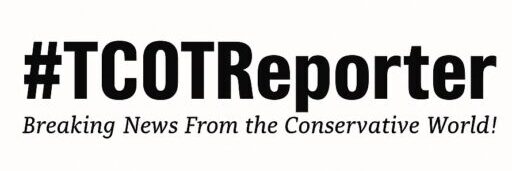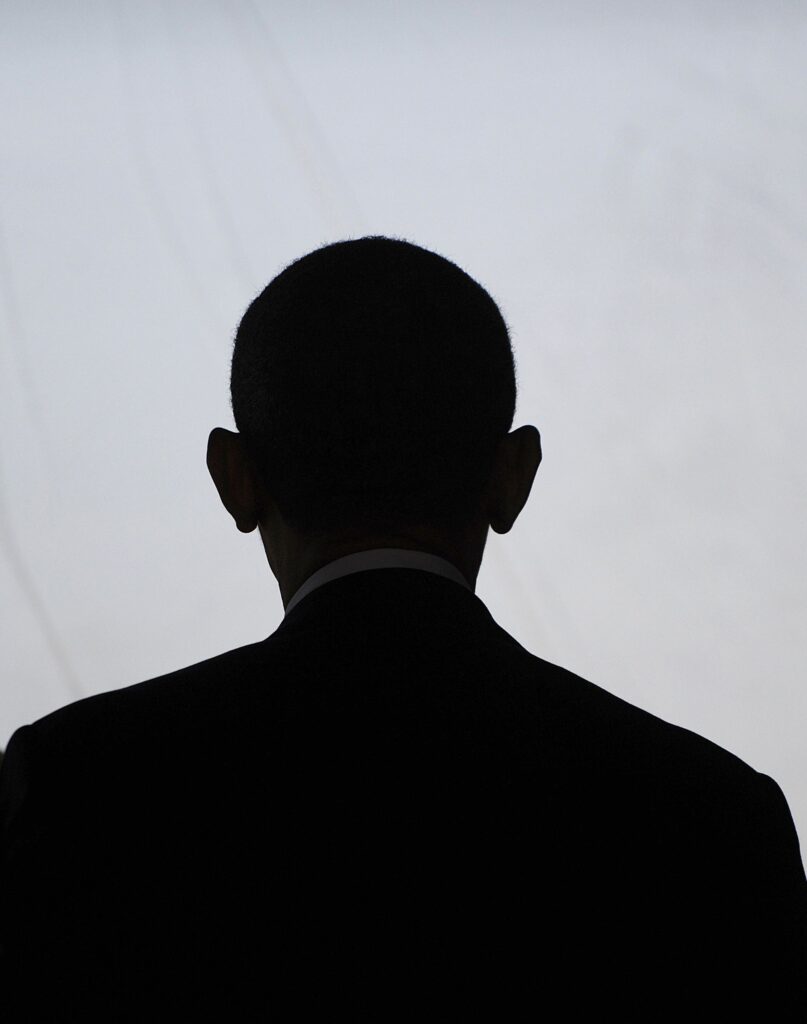There’s a difference between a movement that wins elections and a system that outlives them. What you’re watching now is the latter: a return to the stage by Barack Obama as moral narrator (“defend democracy”) synchronized with two concrete tracks that made a future Trump administration harder to run even if it won: (1) limit the president’s power to fire entrenched officials; (2) flood the discourse with “new dictator” panic so those limits feel like civic duty rather than political engineering.
This isn’t a thriller; it’s a workflow. And once you see the order of operations, you can’t unsee it.
Step 1: The moral frame.
“Defend democracy. Protect institutions. Guard the truth.” Obama’s rehab tour doesn’t just rally Democrats; it supplies approved vocabulary. Those phrases are simple, durable, and designed to travel—through headlines, think-tank memos, podcast chatter, and campus panels. Once embedded, they relabel anything that reins in an elected executive as prudence, and anything that empowers him as risk. That’s how you pre-justify whatever comes next.
Step 2: The panic loop.
Cue the dictator drumbeat. Cable panels and op-eds run the same escalation ladder: If Trump can deploy the Insurrection Act, he will; if he can discipline agencies, he will; if he can remove uncooperative officials, he will. Every hypothetical tees up a “guardrail” that—what luck—just happens to narrow presidential discretion. The more the public internalizes “imminent authoritarianism,” the easier it becomes to make extraordinary constraints feel ordinary. (Notice how slogans like “No Kings” and “Not My President” launder the vibe from protest into policy. It’s not just catharsis; it’s permission.)
Step 3: The institutional lock-in.
While the headlines hyperventilate, the bureaucratic tempo slows—exactly where it matters. Rules, OLC opinions, civil-service interpretations, and internal guidance make “temporary” guardrails sticky. Senior career officials learn that resistance is virtuous and that noncompliance can be couched as process: slow-roll the memo; request another impact study; insist a new rule “insufficiently consulted stakeholders.” That’s not defiance; that’s Tuesday.
Even establishment outlets have begun to whisper what used to be heresy. City Journal now calls it plainly: “The Shadow President”. The phrase isn’t metaphor anymore—it’s an acknowledgment that post-presidency influence now has infrastructure, payrolls, and a press shop.
Add philanthropy and prestige. The Obama Foundation and the Presidential Center aren’t just marble and landscaping; they’re funding routers and talent magnets that keep an ideological ecosystem hydrated. Grants flow to “civic engagement” partners who—purely coincidentally—supply the same moral vocabulary the media is amplifying. The surface story is legacy; the subsurface effect is continuity.
The spine of the timeline is 2017.
The culture of heroic obstruction formed during the Trump transition, when “resistance” graduated from Twitter posture to operational doctrine. Call it what you want—burrowing, “norms-defense,” “safeguards”—the pattern was consistent: embed policy loyalists in career slots, elevate lawyers who treat elections as advisory, and encourage public officials to perform virtue by noncompliance (sanctuary jurisdictions, “we won’t enforce X,” “we’ll ignore Y guidance”). That was the pilot episode. We’re now in the reboot.
Put all of it together and the sequence is unmistakable:
- Message: elevate “defend democracy” as the ethical floor.
- Panic: saturate the space with “incoming dictatorship” talk so constraints sound like fire codes.
- Constraint: normalize limits on executive removal authority and other levers a president needs to actually execute policy.
Result: elections become ritual audits. The name on the door changes; the operative sovereignty does not.
Let’s be precise about “Power to Fire,” because that’s the hinge. If a president can’t remove or reassign senior officials who are actively opposed to the elected agenda, then the presidency becomes a press conference, not an executive. You don’t need to outlaw policies you dislike; you just make sure the people charged with carrying them out can’t be moved. Dress it up as “independence,” and the public will thank you for making sure the gears never turn.
Where does Obama fit? Not as some noir puppeteer—we don’t need to claim that to describe what’s obvious. He is the public catalyst. His reappearance consolidates language (“we’re the grown-ups”), signals donors (“keep the pipes open”), and reassures the professional class that constraining a future Trump is not subversion but stewardship. The system loves a conscience with a famous face. Obama supplies one.
On the other end of the spectrum, MSNBC calls Obama’s renewed activity “democracy defending itself”. The mirror image is complete: the same machinery that neutralizes elected power gets described as democracy’s immune system. If that doesn’t qualify as narrative capture, what does?
Does any of this require a secret memo? No. That’s the elegance. Institutional inertia plus moral cover equals strategic effect. Bureaucrats protect their turf; media protects its narrative; philanthropies protect their investments; a former president protects his legacy. Align the incentives and you get coordinated behavior without coordination—the very definition of a shadow presidency: not illegal, not formal, but palpably present.
If you want a test for whether you’re seeing the pattern, try this:
- When a commentator warns that Trump will “militarize the streets,” watch what rule change or civil-service shield shows up a week later.
- When an agency “regretfully” cannot meet a new deadline, check whether the delay locks past policy in place through the next election.
- When an official says “we don’t take orders from kings,” translate it: we don’t take orders from voters—only from our own continuity.
And if you want a civic position that isn’t just tribal: elections must matter. If “defending democracy” means entrenching a class that treats electoral outcomes as nuisances, then the slogan has eaten the substance. The corrective isn’t revenge; it’s clarity. Clarify that executive authority includes the ability to hire, fire, direct, and reprioritize—and that agencies answer to the people’s choice, not to last decade’s mood.
Obama didn’t invent this architecture; he perfected its story. The story says: stability is virtue, expertise is sovereignty, and dissent is danger. It’s a compelling tale, especially for institutions that prefer to govern themselves. But republics are not supposed to run on auto-pilot or auto-pen. If the West Wing has a shadow, it’s because too many people got comfortable with the lights off.
Turn them on.
Citations
- Salon – “Barack Obama tries to rally Americans to defend their democracy” (Oct 18, 2025)
- Politico – “Obama steps back into the spotlight to warn democracy is at stake” (Oct 20, 2025)
- PJ Media – “Obama Library funds are secretly flowing to dark-money networks” (Sep 27, 2025)
- PJ Media – “Obama’s Presidential Center perfectly symbolizes his terrible presidency” (Oct 20, 2025)
- Washington Examiner – “Obama’s Mikie Sherrill endorsement highlights his re-entry as Democratic closer” (Oct 20, 2025)
- City Journal – “The Shadow President” (Aug 17, 2017)
- MSNBC – “Obama’s quiet power proves democracy can defend itself” (June 20, 2024)


Pingback: The Mamdani Machine - #TCOT Reporter
Pingback: The Bureaucracy That Never Left - #TCOT Reporter
Pingback: The Technocratic Blueprint - #TCOT Reporter
Pingback: The Lawfare State - #TCOT Reporter
Pingback: Obstructed: The Resistance Presidency (2017–2020) - #TCOT Reporter